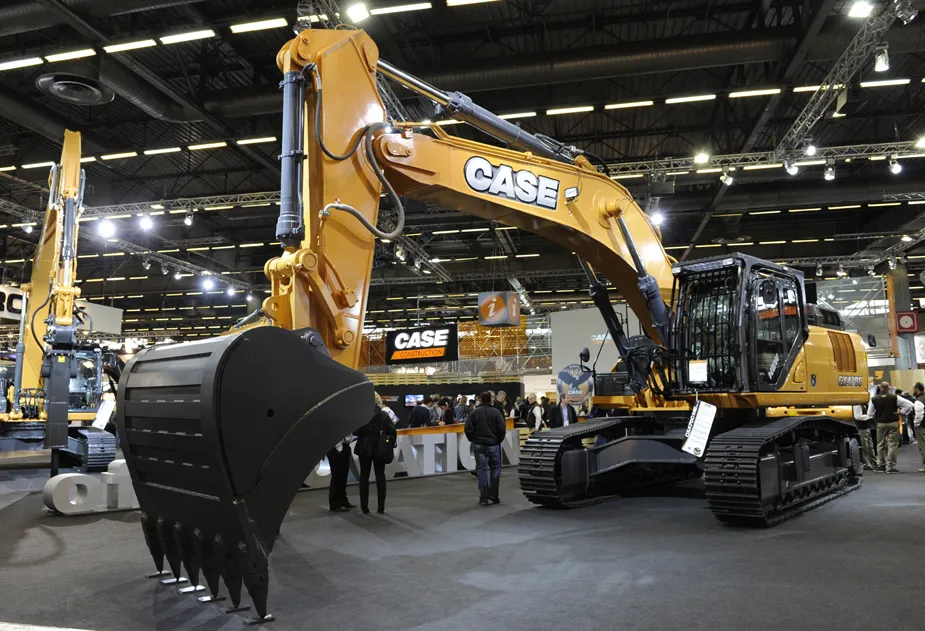
The machine features an EU Stage IV engine and ultra-low noise levels and further reinforces Komatsu's towards a sustainable reduction of the environmental impact of earthmoving machines. It is equipped with the same SAA6D114E‐6 engine 202kW as the PC360LC‐11, with up to 53kW extra electric power supplied by the revolutionary Komatsu Hybrid system.
Kinetic energy is generated during the swing-braking phase and is converted to electricity, which is sent through an inverter and captured by the Komatsu Ultra Capacitor. It is discharged for upper structure rotation when accelerating under workload conditions as well as assist the engine as commanded by the hybrid controller. The reserve power stored by the hybrid technology represents additional horsepower that is available to maximize machine performance by supporting the engine, or is used for swing power.
HB365LC/NLC-3's cab is said to provide a comfortable and quiet work environment that assists the operator in maximising productivity. Its proportional control joysticks are intended to allow precise operation of attachments with ease and the optimized engine control and fun‐clutch system achieves ultra‐low noise levels (100dB external / 68dB internal).
A high-resolution 7 LCD widescreen colour monitor provides information on AdBlue fluid level, Eco guidance, operational records, fuel consumption history and utilisation information.








